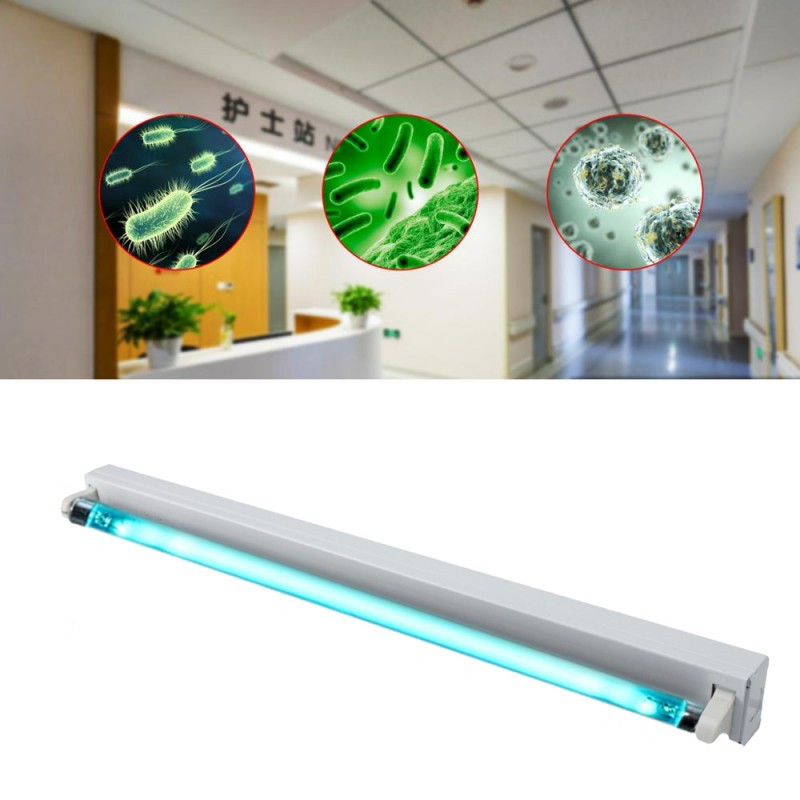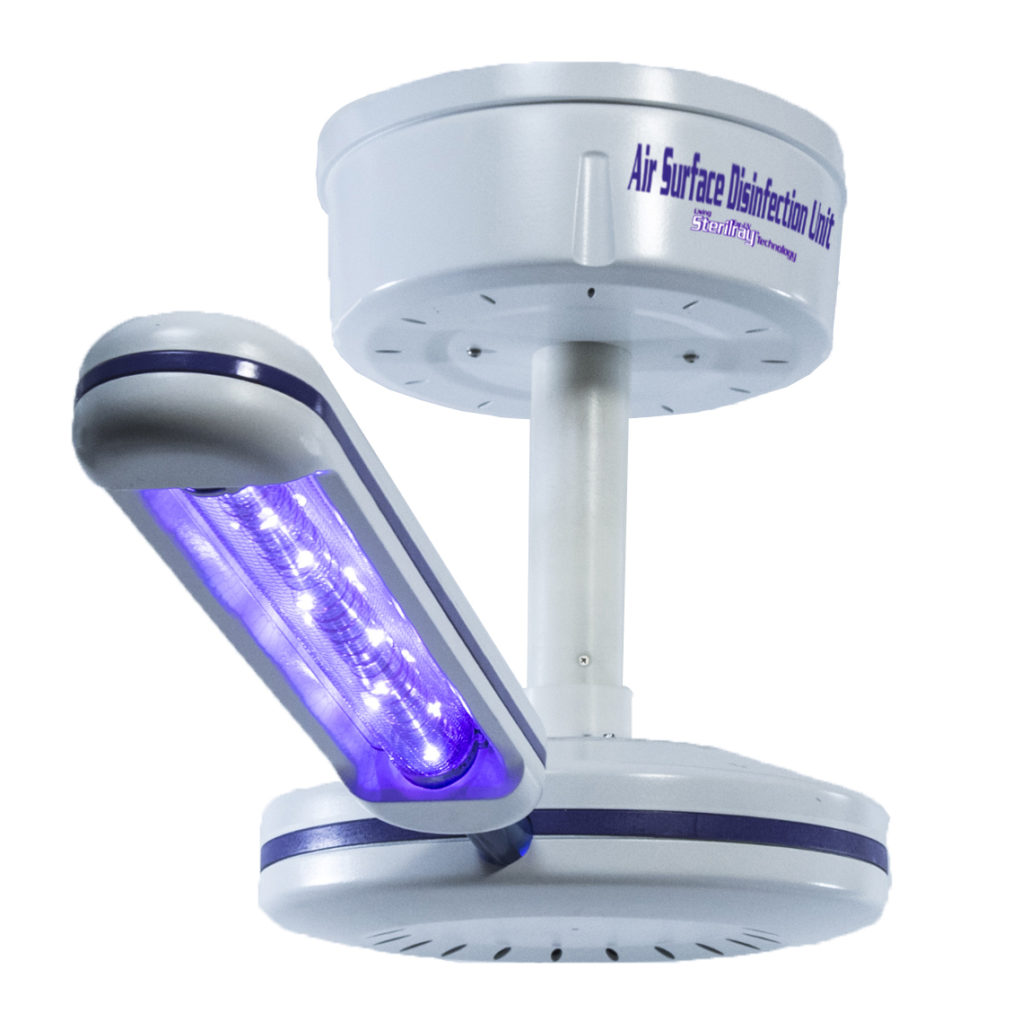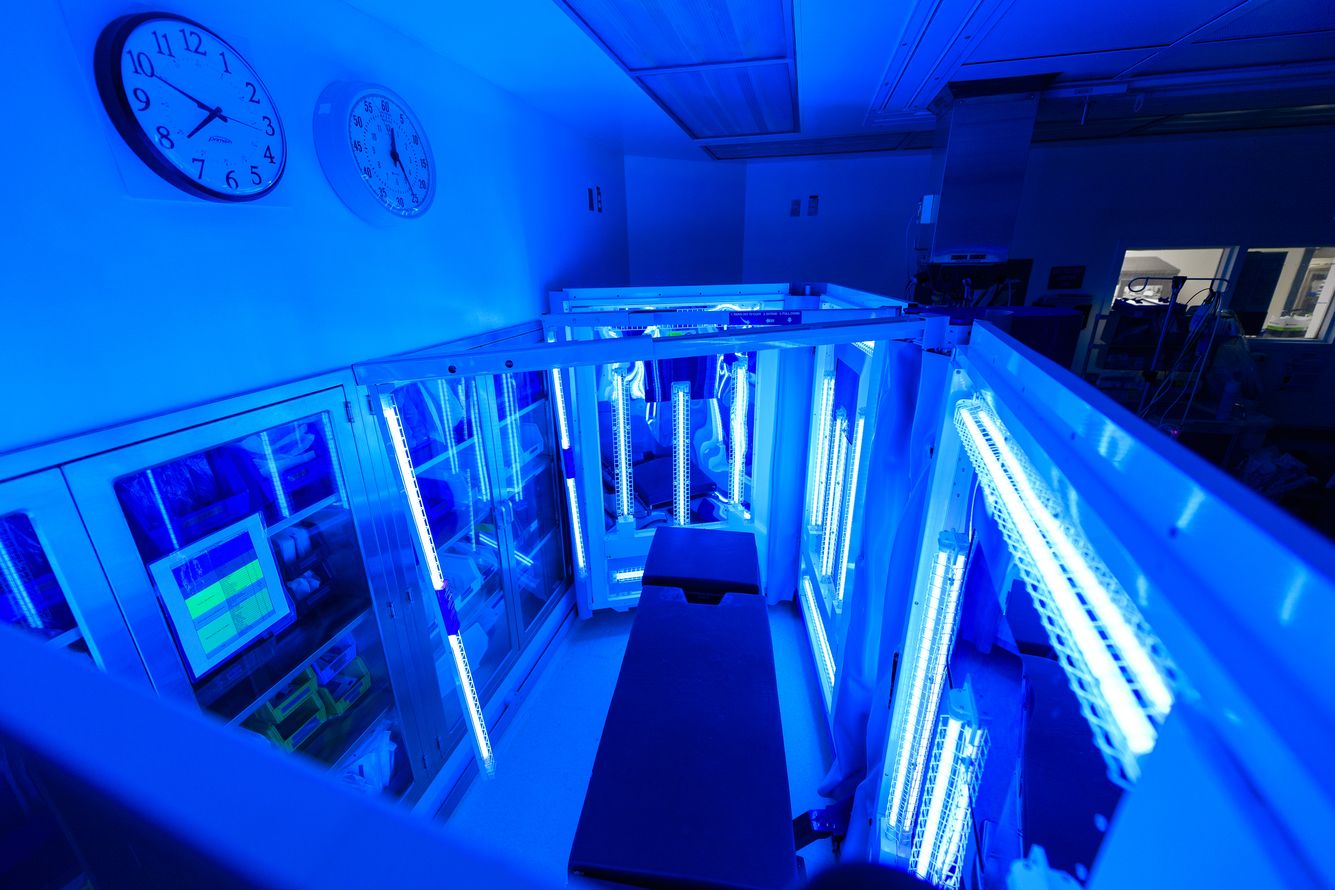Using the Possible of UV Disinfection: Shielding Health And Wellness and Hygiene
As the globe grapples with the ongoing pandemic and the constant threat of contagious diseases, the importance of keeping health and health has never been extra noticeable. In this context, taking advantage of the potential of UV disinfection arises as an appealing remedy. UV disinfection, a modern technology commonly made use of in various markets, has verified effective in getting rid of damaging virus. There is much even more to explore behind the science of UV sanitation and its applications. From comprehending the devices at play to implementing this modern technology in our lives, this discussion intends to clarify the capacity of UV sanitation and its role in guarding our health and health.
Recognizing UV Disinfection
UV disinfection is a highly efficient and widely utilized approach for getting rid of hazardous pathogens and making certain wellness and hygiene. This method makes use of ultraviolet (UV) light to inactivate microorganisms by harming their DNA and avoiding them from duplicating. UV disinfection is specifically efficient versus germs, viruses, and other microbes that can cause infections and diseases.
The principle behind UV sanitation is basic yet effective. UV sanitation can be applied in numerous settings, including water therapy plants, healthcare facilities, food handling sectors, and air purification systems.
Among the benefits of UV disinfection is its capability to properly and efficiently remove a wide variety of pathogens without the demand for chemicals or additives. Unlike other sanitation techniques, such as chlorine or ozone, UV sanitation does not introduce damaging spin-offs or chemical deposits right into the atmosphere. In addition, UV sanitation is a non-contact procedure, which suggests that it does not require physical contact with the bacteria, lessening the threat of cross-contamination.

The Science Behind UV Sanitation
The efficiency of UV disinfection lies in its capability to interfere with the genetic product of bacteria, making them not able to replicate and therefore removing their hazardous capacity. This high-energy UV-C radiation is most effective in disinfection applications due to the fact that it can pass through the cell walls of microbes and damage their DNA or RNA.
When bacteria are subjected to UV-C radiation, the power is soaked up by their genetic material, creating bonds to break and forming chemical reactions that interrupt their capacity to reproduce. This stops the microbes from reproducing and spreading infection. UV sanitation is particularly reliable against fungi, bacteria, and infections, including typical microorganisms such as Escherichia coli, Salmonella, and Flu.
The scientific research behind UV disinfection is sustained by substantial research study and studies. It has been revealed that exposure to an enough dosage of UV-C radiation can achieve a high degree of sanitation, usually exceeding 99.9% efficacy in killing microbes. However, it is necessary to note that the effectiveness of UV disinfection depends upon numerous factors, consisting of the intensity of UV-C radiation, exposure time, range from the UV source, and the sensitivity of the microorganism to UV radiation.
Applications of UV Disinfection
Provided the comprehensive research and effectiveness of UV disinfection in interrupting the genetic product of microbes, it is very important to explore the various functional applications of this technology. UV sanitation has actually proven to be a valuable device in a vast array of sectors where maintaining a secure and clean atmosphere is essential.
One significant application of UV sanitation is in healthcare setups. UV light can be made use of to disinfect surface areas, devices, and also the air in medical facilities and medical facilities. This helps to decrease the danger of healthcare-associated infections and ensures a more secure setting for people and medical care employees.
An additional crucial application remains in the food and drink sector. UV sanitation is made use of find out to deal with water and eliminate damaging virus, such as E. coli and Salmonella, from the manufacturing process. uv surface disinfection. This guarantees the safety and high quality of the products we consume
UV disinfection is likewise widely made use of in water therapy plants and wastewater therapy centers. It is an efficient approach for damaging damaging germs, infections, and parasites that can be existing in water resources. This helps to provide secure and tidy alcohol consumption water to areas and shield the setting from pollution.
Furthermore, UV sanitation is employed in the pharmaceutical market to disinfect devices and preserve the stability of products. It is likewise used in laboratories and study centers to avoid contamination and make sure accurate outcomes.
Advantages of UV Sanitation Modern Technology
One significant benefit of employing UV disinfection modern technology is its capacity to successfully remove microorganisms without using harsh chemicals. This is specifically helpful in different settings, such as health care facilities, water therapy plants, and food processing industries, where the visibility of unsafe microorganisms presents a considerable threat to public health and wellness and safety.
Unlike typical disinfection approaches that depend on chemicals like chlorine or ozone, UV disinfection innovation utilizes ultraviolet light to target and ruin the DNA of microorganisms, effectively look these up counteracting their capability to reproduce and trigger infections. This process not just eliminates the requirement for potentially unsafe chemicals however additionally minimizes the danger of chemical deposit or byproducts staying in the treated atmosphere.

In addition, UV disinfection modern technology is ecologically pleasant. As it does not rely upon the usage of chemicals, it removes the need for their disposal, production, and transportation, lowering the general carbon footprint connected with sanitation procedures. Additionally, UV sanitation systems have a longer life expectancy contrasted to chemical-based approaches, causing less constant substitute and additional reducing waste.
Carrying Out UV Sanitation in Day-to-day Live
To effectively execute UV disinfection in life, people and organizations can integrate portable UV disinfecting gadgets into their hygiene routines and cleaning up methods. These gadgets are created to produce ultraviolet light, which has been proven to kill or suspend a large variety of bacteria, including bacteria, infections, and fungis. By making use of mobile UV disinfecting tools, individuals can sanitize frequently touched items and surfaces, such as cell phones, keys, doorknobs, and laptop computers, decreasing the danger of spreading bacteria and infections.
In enhancement to integrating mobile UV sanitizing devices, it is necessary to follow appropriate guidelines and referrals for reliable UV disinfection. This consists of guaranteeing that the device is used correctly and for the recommended period to attain optimal disinfection results. It is also essential to focus on precaution, such as putting on safety eyeglasses and staying clear of direct exposure of the UV light to the skin.

Moreover, companies can execute UV disinfection technology in different setups to improve hygiene methods. Health centers and medical care centers can use UV disinfection robots to disinfect person spaces, operating cinemas, and various other high-touch locations. Food handling markets can incorporate UV disinfection systems into their assembly line to enhance food security and stop contamination.
Verdict
In final thought, UV sanitation modern technology holds excellent prospective in securing health and wellness and health. With its countless benefits, UV sanitation is a valuable device for keeping a healthy and clean setting.
Unlike other sanitation approaches, such as chlorine or ozone, UV sanitation does not present harmful byproducts or chemical residues right into the environment. It is important to keep in mind that the effectiveness of UV disinfection depends on numerous factors, including the intensity of UV-C radiation, exposure time, range from the UV resource, and the sensitivity of the microorganism to UV radiation.
An additional advantage of UV sanitation technology is its capacity to provide quick and constant sanitation. Unlike guidebook cleaning techniques, which can be taxing and require significant labor, UV sanitation systems can be automated and operate continually, making certain regular sanitation without human treatment.To effectively carry out UV sanitation in everyday life, organizations and people can integrate mobile UV sterilizing tools into their health routines and More about the author cleaning techniques.